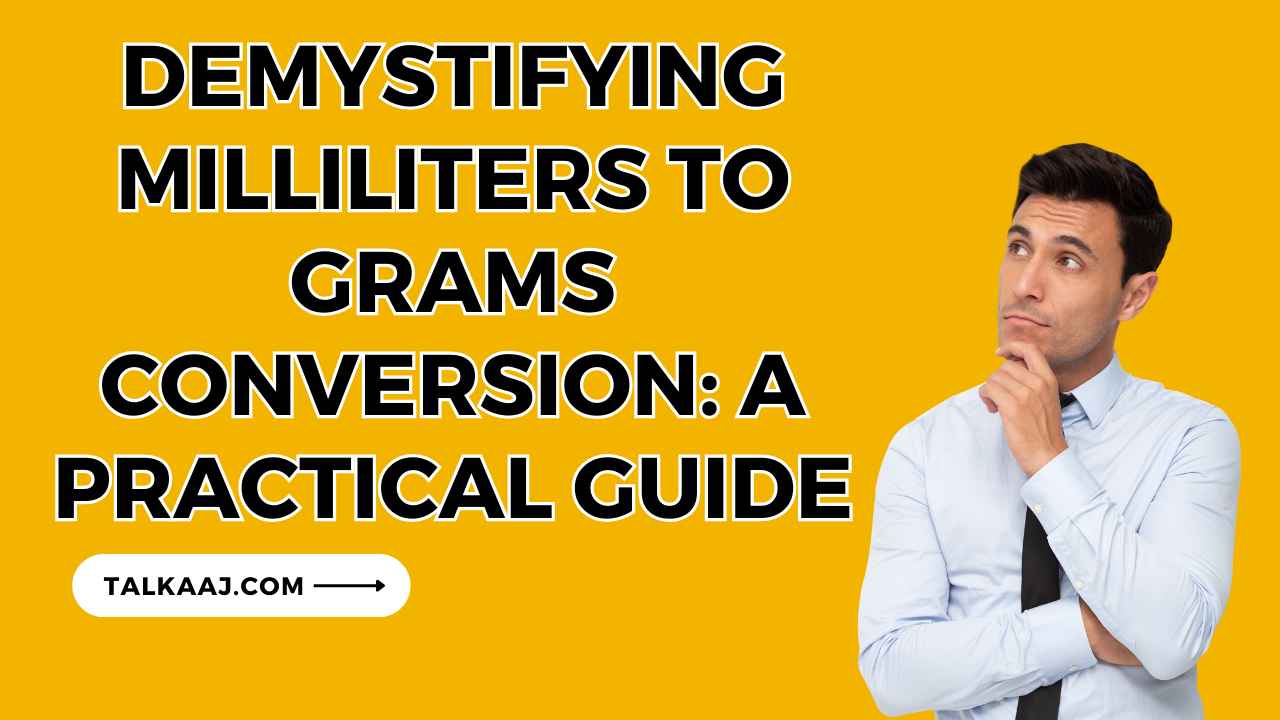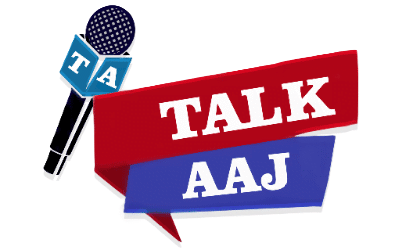Demystifying Millilitres to Grams Conversion: A Practical Guide
Introduction
The conversion from millilitres (ml) to grams (g) is a common task in various fields, including chemistry, culinary arts, and pharmaceuticals. Whether you’re measuring liquids for a recipe or calculating the weight of a solution, understanding how to convert millilitres to grams is a valuable skill. In this article, we’ll explore the principles, importance, and practical applications of this conversion, as well as provide examples to help you master it.
Understanding the Milliliters to Grams Conversion
Before diving into the conversion process, it’s essential to understand the key concepts:
- Milliliters (ml): Millilitres are a unit of volume, measuring the amount of space occupied by a liquid. This is typically measured using graduated cylinders or volumetric flasks.
- Grams (g): Grams represent mass or weight. It quantifies the amount of matter present in a substance and is measured using scales or balances.
The Significance of Conversion
The need toml to grams converteroften arises when dealing with liquids of known density. Density is a fundamental property that describes how much mass (in grams) is contained in a given volume (in millilitres) and is typically expressed as grams per millilitre (g/ml). To perform the conversion accurately, you need to know the density of the substance.
The Conversion Formula
The formula for converting millilitres to grams is straightforward:
Grams (g)=Milliliters (ml)×Density (g/ml)
Grams (g)=Milliliters (ml)×Density (g/ml)
This formula signifies that the mass in grams is equal to the volume in millilitres multiplied by the density in grams per millilitre.
Practical Applications
The conversion from millilitres to grams finds applications in various fields:
1. Cooking and Baking
In culinary arts, recipes may list ingredients by volume (millilitres) or weight (grams). To accurately measure and prepare dishes, knowing how to convert between these units is essential.
2. Pharmaceuticals
Pharmaceutical compounds are often measured in millilitres, and converting to grams is crucial for dosage calculations and compounding medications.
3. Chemistry
In chemical experiments and laboratory work, converting millilitres to grams is common. It allows scientists to precisely measure and mix solutions.
4. Health and Nutrition
Dietitians and nutritionists often need to convert liquid measurements to grams to calculate the nutritional content of foods and beverages accurately.
Examples of Conversion
Let’s illustrate the conversion with two practical examples:
Example 1: Converting 250 ml of olive oil to grams.
The density of olive oil is approximately 0.92 g/ml. Using the formula:
Grams (g)=250 ml×0.92 g/ml=230 g
Grams (g)=250ml×0.92g/ml=230g
So, 250 millilitres of olive oil is equivalent to 230 grams.
Example 2: Converting 100 ml of ethanol to grams.
Ethanol has a density of approximately 0.789 g/ml. Using the formula:
Grams (g)=100 ml×0.789 g/ml=78.9 g
Grams (g)=100ml×0.789g/ml=78.9g
Therefore, 100 millilitres of ethanol is approximately 78.9 grams.
Conclusion
Converting millilitres to grams is a valuable skill that enhances precision in various fields, from cooking and chemistry to pharmaceuticals and nutrition. Understanding the density of the substance and employing the conversion formula allows you to work with measurements seamlessly, ensuring accurate and consistent results. Mastering this conversion empowers you to tackle a wide range of tasks that involve both volume and mass, making it an essential skill in various professional and everyday settings.
Talkaaj.com से नवीनतम अपडेट प्राप्त करने के लिए हमारे Whatsapp channel को सब्सक्राइब करें। यहां Click here और अपने पसंदीदा अपडेट प्राप्त करें।
NO: 1 हिंदी न्यूज़ वेबसाइट Talkaaj.com (बात आज की)
(देश और दुनिया की ताज़ा खबरें सबसे पहले पढ़ें Talkaaj (बात आज की) पर , आप हमें Facebook, Twitter, Instagram, Koo और Youtube पर फ़ॉलो भी कर सकते हैं.)
Posted by Talk-Aaj.com













